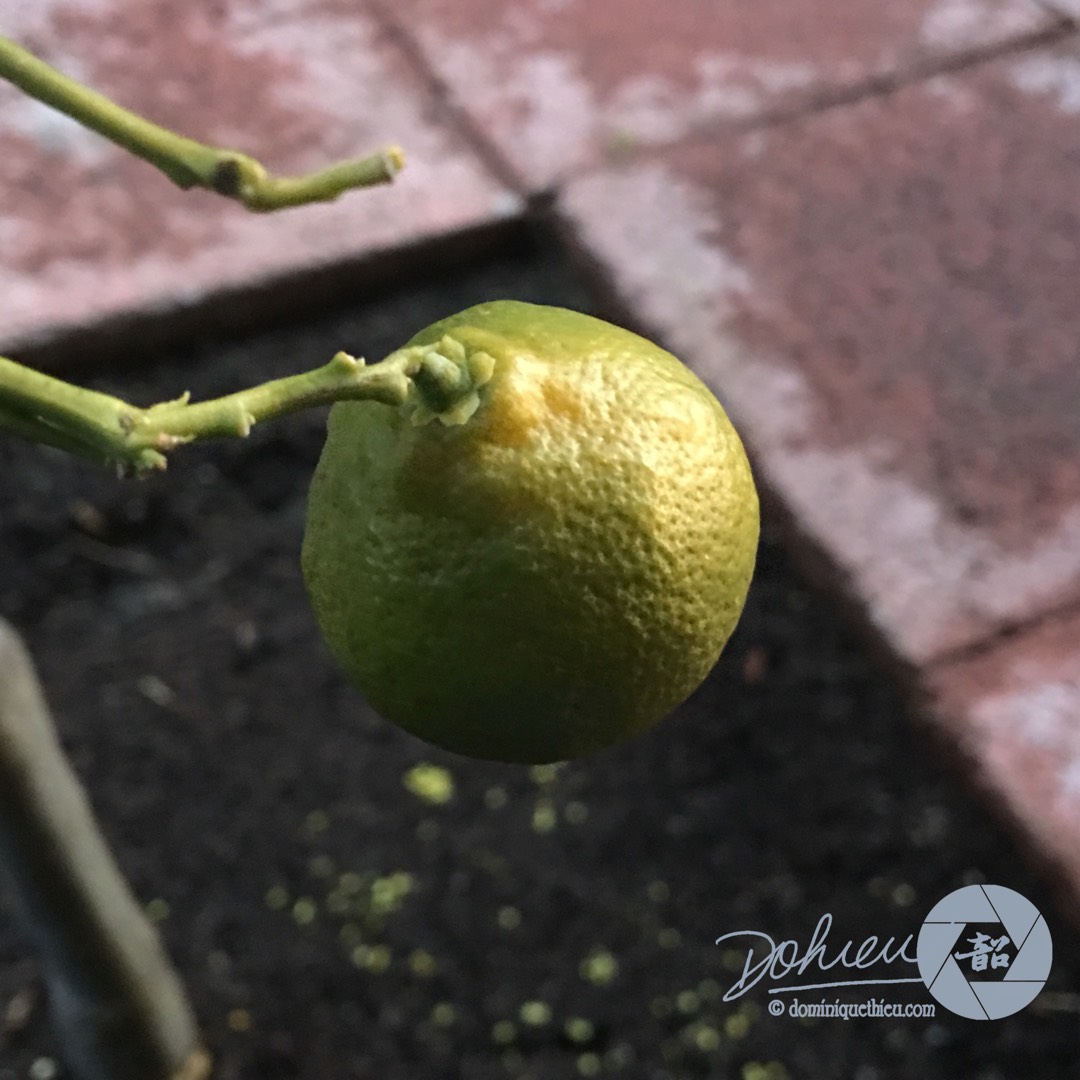
Citrus reticulata Blanco
Gold Nugget Mandarin Tree
Citrus trees have glossy green leaves and very fragrant waxy white flowers, followed by fruit - orange, lemon, grapefruit and lime all come into the citrus group. Most need a minimum Winter temperature of 5 - 10 deg.C, and they make excellent conservatory plants, in cooler climes, but only grow to up to half the maximum size if grown in a container in ideal conditions.The scented flowers appear in Summer in a cool conservatory. Citrus reticulata is a widely cultivated tree in warm temperate and tropical areas. It is evergreen, and grows to about 8 m tall. The leaves are dark green, long, and narrow. The flowers are star shaped and white. Mandarin fruits are reddish-orange in colour with resemblance to tangerines. 'Gold Nugget' bears medium sized fruit with moderately easy to peel somewhat bumpy skin. The flesh is bright orange, finely-textured, and seedless. The flavor is rich and sweet.
-
Partial shade
-
Occasional watering
-
Not Frost hardy
-
Rich and free draining
Common name
Gold Nugget Mandarin Tree
Latin name
Citrus reticulata Blanco
type
Evergreens
family
Rutaceae
ph
5.0 - 7.0 Acid - Neutral
Plant & bloom calendar
-
Best time to plant
full grown dimensions
 3.00 M
8.00 M
3.00 M
8.00 M
Citrus reticulata Blanco
Citrus trees have glossy green leaves and very fragrant waxy white flowers, followed by fruit - orange, lemon, grapefruit and lime all come into the citrus group. Most need a minimum Winter temperature of 5 - 10 deg.C, and they make excellent conservatory plants, in cooler climes, but only grow to up to half the maximum size if grown in a container in ideal conditions.The scented flowers appear in Summer in a cool conservatory. Citrus reticulata is a widely cultivated tree in warm temperate and tropical areas. It is evergreen, and grows to about 8 m tall. The leaves are dark green, long, and narrow. The flowers are star shaped and white. Mandarin fruits are reddish-orange in colour with resemblance to tangerines. 'Gold Nugget' bears medium sized fruit with moderately easy to peel somewhat bumpy skin. The flesh is bright orange, finely-textured, and seedless. The flavor is rich and sweet.
Planting young plants
From Early Spring TO Early Spring
Pot the tree in a large container filled with a mixture of 1 part each potting soil, organic compost and per-lite or vermiculite. Give the tree plenty of room to spread out and establish a healthy root system. Replant container plants every few years to prevent roots from becoming root bound.
Propagation by cuttings
From Early Summer TO Mid Summer
Take softwood cuttings from new growth early in the day in Summer. Cut, neatly, an 8" approx. piece of a non-flowering shoot, and remove the bottom leaves, leaving just the top 3 leaves. Trim the end of the cutting so that it is about 6" long, cutting neatly just below a leaf node. . Dip the bottom of the cutting in hormone rooting powder, and carefully place in a pot of cutting compost about 2 1/2" into the compost. Water, label, cover with a polythene bag, and place in a warm - 65 deg. to 70 deg. -, bright place, out of direct sunlight. Take the polythene bag off periodically for a while for ventilation (at least twice a week), and keep the compost moist, but not wet.
Propagating by seed
From Early Spring TO Late Winter
The pip of any type of citrus fruit can be grown in a pot of seed compost as long as the compost is kept moist - not wet - and the pot is placed in a warm environment. The compost needs to be at a temperature of no less than 60 deg., or germination may not occur, or the seedling may die.








